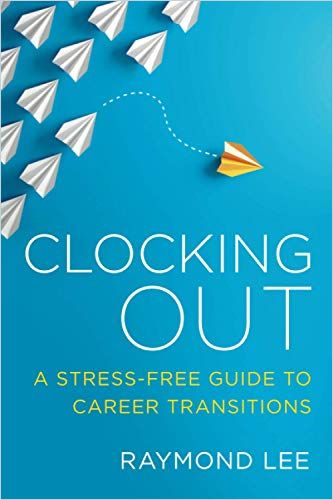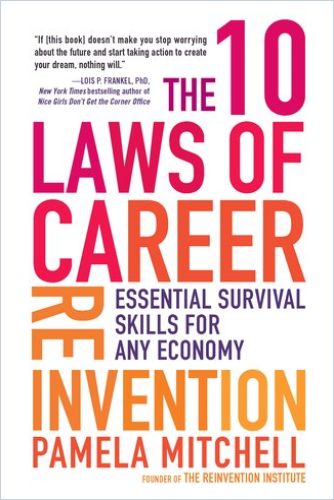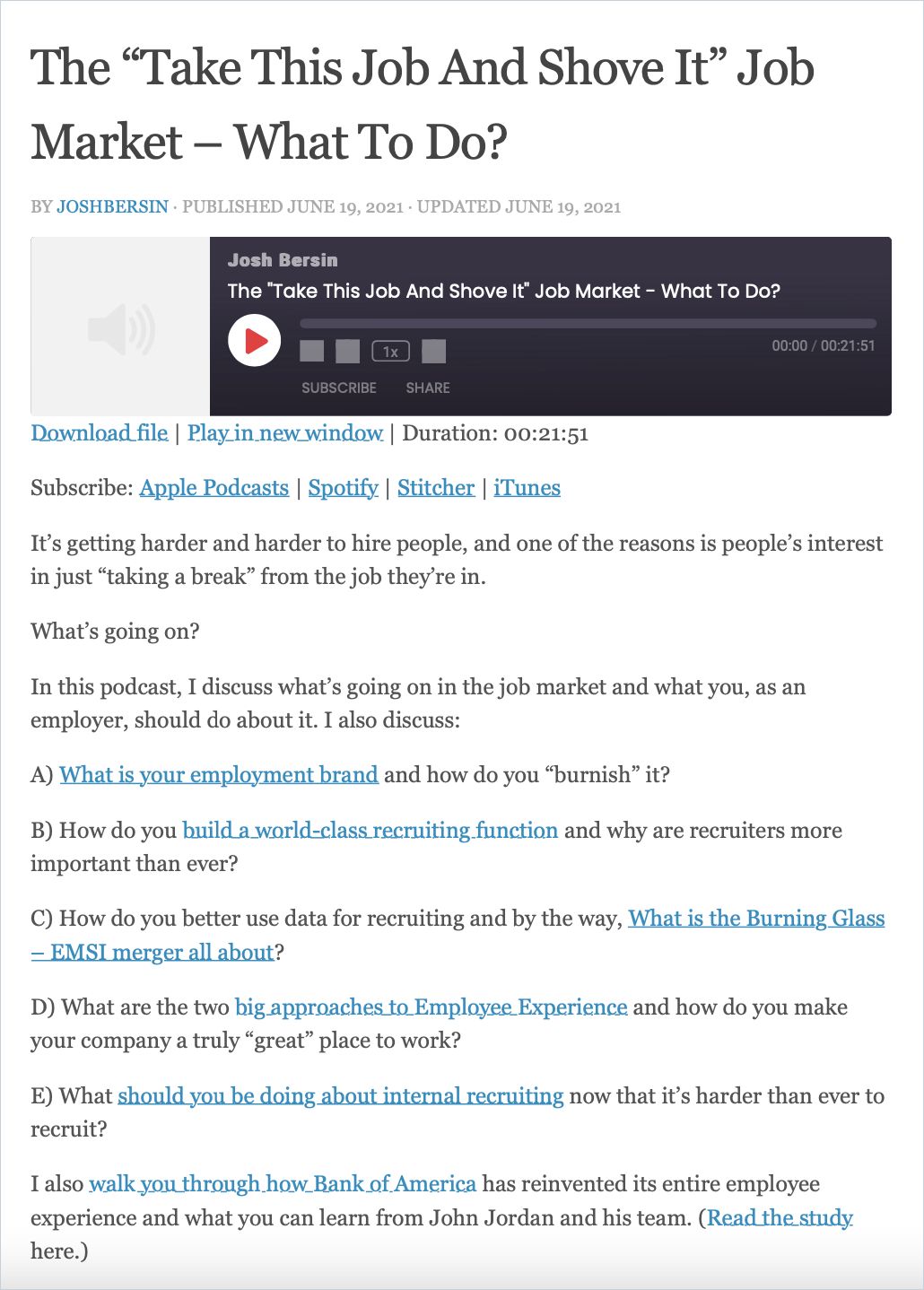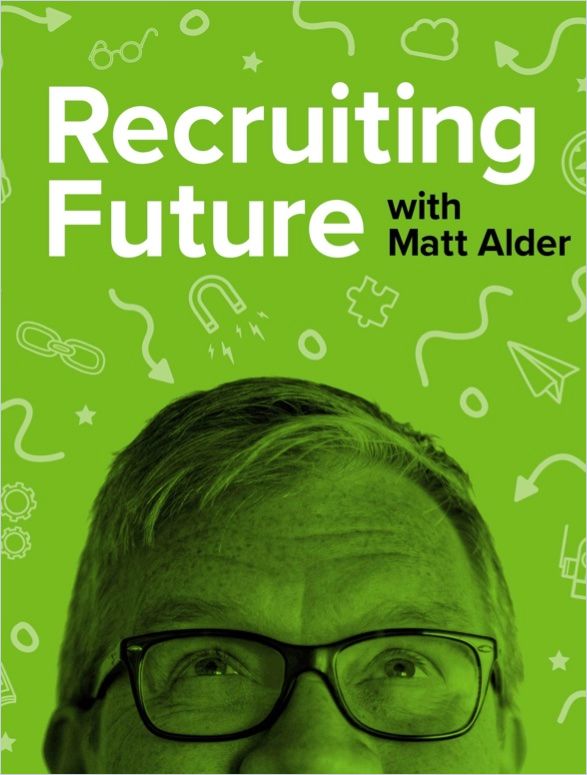America’s Got Talent

The so-called “Great Resignation” among US employees continues. One in two employees in the United States is looking for a new job – or would be willing to change jobs if offered a new, better one. So a trend that took shape during the COVID-19 pandemic is gaining further momentum. And it’s quite likely that as you read this, you’re feeling the trend as an employee – or starting to chatter your teeth because you work on your organization’s HR team. This article contains useful tips for both because one person’s joy is another person’s sorrow.
1. Looking for a Better Job?
Now is your time to finally draw a line under your employer’s miserable pandemic management, your micromanaging boss and your sleazy colleagues who are constantly “overworked” but actually do much less than you. When the whole country is rushing to take the next step up the career ladder, don’t just stand by and watch.
Lesson 1: Craft Your Job!
Poll after poll suggests that a large number of employees feel disengaged at work. But instead of blaming your organizational culture or boss, why not take steps to make your job more meaningful and interesting? Job crafting is a process that encourages you to do just that. This can happen at your current job – but you can also think beyond that and ensure your next job is more in line with what you want and can do. The important thing is: Never simply resign!
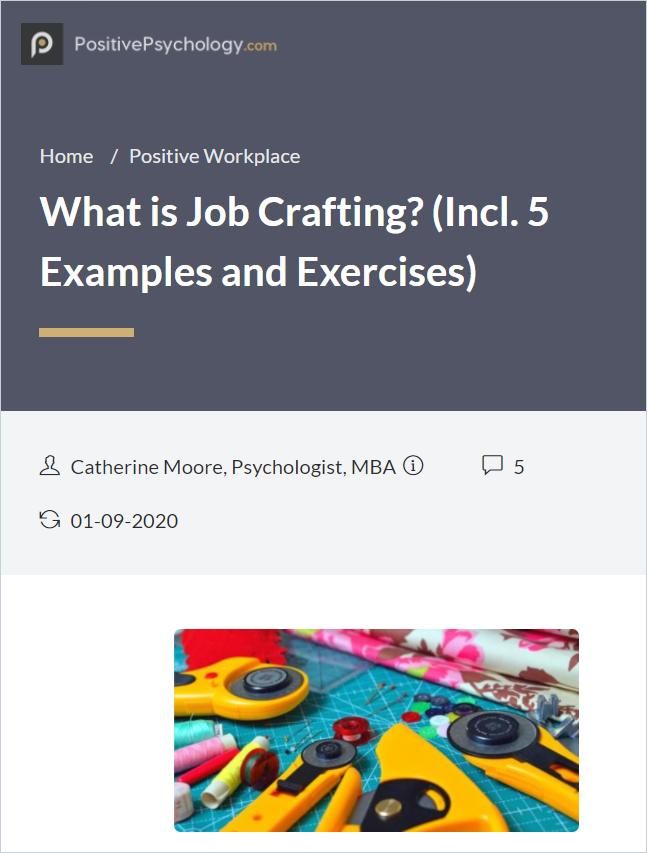
Find out more in our hands-on How To articles regarding the topic:
Lesson 2: Create Momentum!
Well, okay, you need something new and even job crafting doesn’t help here anymore. Perhaps you’re asking yourself what you want? Many employees only hold on to a job because they don’t really know what suits them better. There are solutions for that, too. Here’s how to find out what really excites you in life:
Lesson 3: Find Something New
Now that you’re more clear about which direction you want to go, you need to find the ship you want to sail on in order to reach your destination. Here are a few useful hints to avoid ending up at the wrong end of the world (again):

How to Find the Perfect Career Fit – An Analytical Approach
How to Be Awesome at Your Job Read SummaryYour Take-Aways:
- People tend to let their immediate, individual self-interest dominate decision-making, which causes problems.
- Many people don’t consider their full range of options to find a good career fit.
- To define success for yourself, look at your strengths and values.
Lesson 4: YOLO!
While many will look for new employment, others are opting out of a traditional career path altogether. As New York Times technology columnist Kevin Roose explains, even previously risk-averse employees – in particular millennials – are walking away from stable incomes and saying, “YOLO”: You only live once.
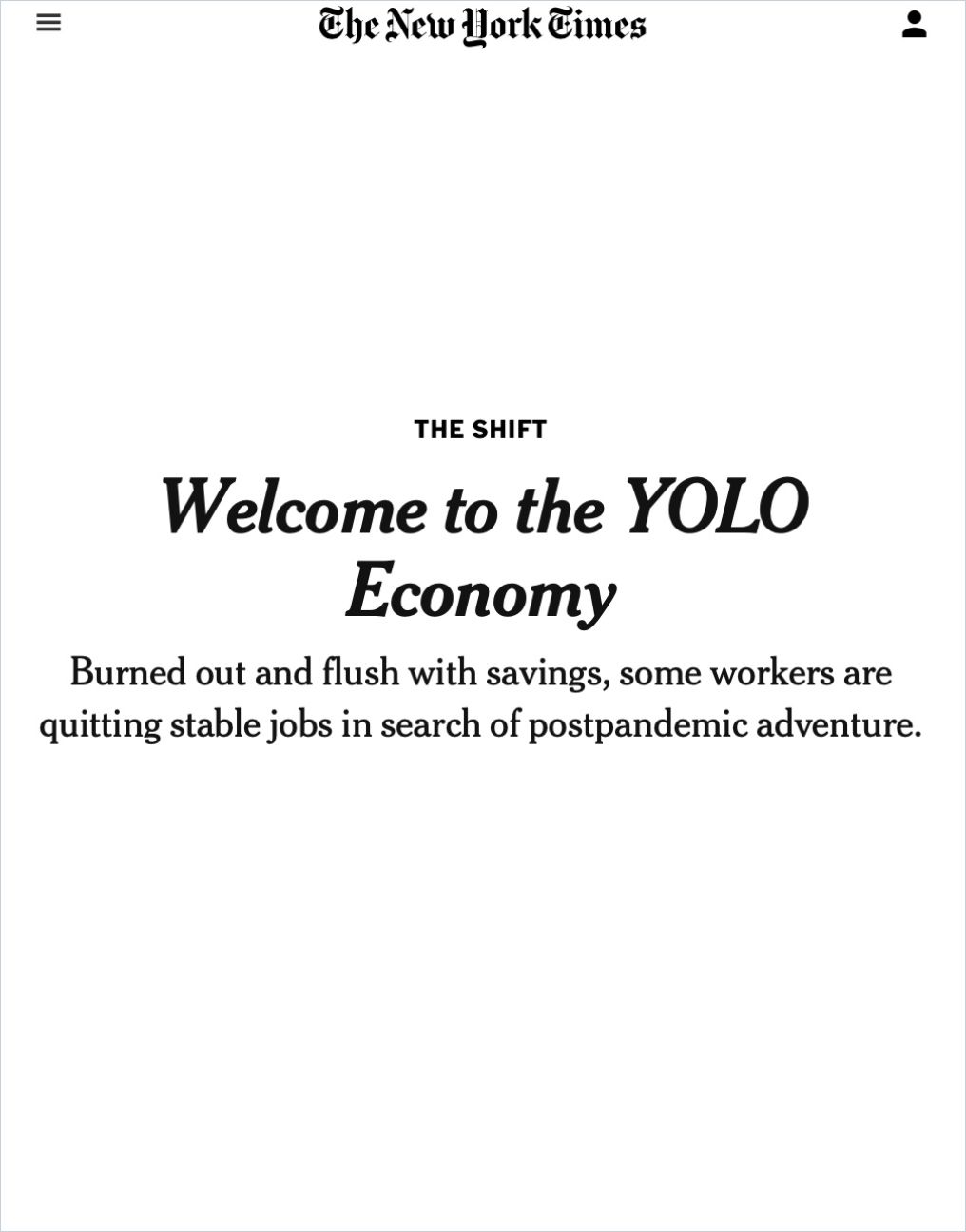
Still, embracing risk and taking charge of yet undiscovered opportunities doesn’t have to end up in chaos. A structured approach eases the tension:
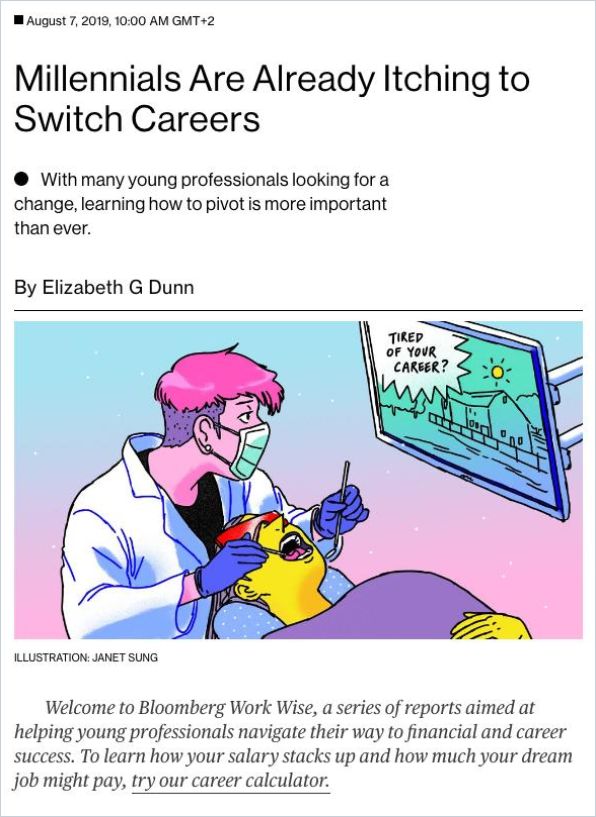
Millennials Are Already Itching to Switch Careers
Bloomberg Businessweek Read SummaryRemember:
- As the economy recovers and remote work becomes normalized, employees feel emboldened to take more risks.
- Drained and disillusioned employees are seeking a better work-life balance.
- To navigate your chosen path, be agile.
- Trust your process to keep you moving towards your goals.
2. Looking for Better People?
The good news is, the better people are looking for you right now, too – which makes things easier than when everyone was sitting back, content. Nevertheless, the competition is huge, and with dusty work models, horrendous working hours and dying business models, you still don’t stand a chance. But here you can find out the right way to act as a magnet to applicants.
Lesson 1: Create an “Unquittable” Company
First, search internally before you spend lots of money, time and nerves on global recruitment. After all, changing jobs doesn’t necessarily mean changing companies. Even in your company, excellent people are looking for new perspectives and more responsibility. They are already familiar with the company, have plenty of motivation and may be wasting their talent in a position that is far from exploiting their potential. And if not: They might rather look around under point 1 (above)!
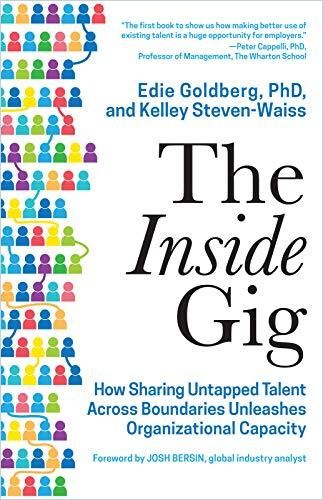
Management consultant Jim Bitterle offers practical tips to help you overcome outdated biases and structures to create “unquittable” organizations. In this hands-on guide, you’ll learn how to develop your company brand to attract, onboard and retain high-quality talent.
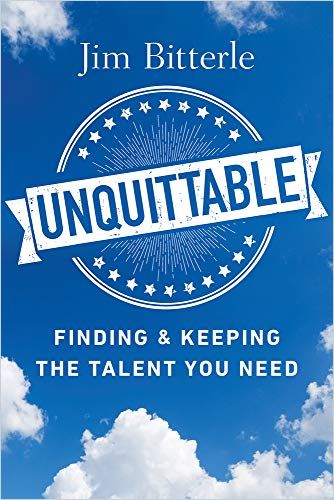
Take-Aways:
- Make talented team members aware of career growth opportunities within your company.
- Employees take fewer sick days, work more hours and demonstrate greater productivity in flexible working environments.
- Use Strategic Workforce Planning and People Analytics to better assess talent management trends and patterns.
Dig a little deeper in our exclusive interviews:
Lesson 2: Polish Your Business
HR thought leader Josh Bersin makes a strong case for burnishing your brand, enhancing your employee experience and investing in a strong recruitment function. If you’re struggling to fill open positions, you’ll benefit from Bersin’s wisdom:
Remember:
- It’s a job seeker’s market.
- To attract talent, enhance your brand and invest in excellent recruiters.
- Gather data to assist your recruitment efforts.
Everything you need to know regarding awards, recognition and promotions can be found here:
Lesson 3: Design a Dream Team
Modern talent management calls for up-to-date analysis and assessment. In his practical book, The Science of Dream Teams, Mike Zani argues in favor of scientific, evidence-based talent optimization via psychometric assessments – which his firm markets and sells. But Zani promotes a range of assessments, not just his own. He also offers solid advice about modern talent management, including insights into how data, technologies and AI can help your company make better people decisions and interventions.
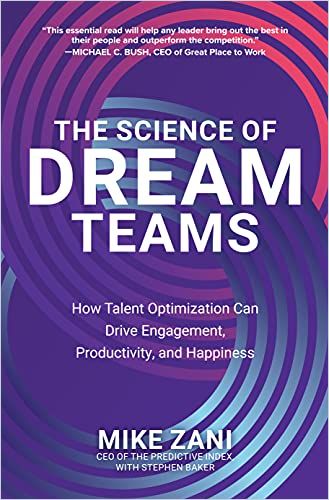
Your Take-Aways:
- Leaders cannot afford to treat workers as replaceable cogs in a machine.
- Create a culture of trust and transparency with personality, competency and cognitive ability assessments.
- Explore your emotional intelligence and how others perceive you.
More advice can be found here:
Lesson 4: Hiring Disrupted
Finding and hiring good people is a science in itself. If you haven’t already, spruce up those jobs that are tasked with it first and foremost; those who hire with a system will be incomparably more successful than those for whom this is just one task among hundreds. And, no, “more tech” won’t do better: According to recruiting experts Jon Stross and Daniel Chait, technological tools like applicant tracking software (ATS) will do little to help your hiring woes in and of themselves. The authors offer practical guidance to help firms transform chaotic hiring practices into strategic systems that make a difference and yield a solid return on investment.
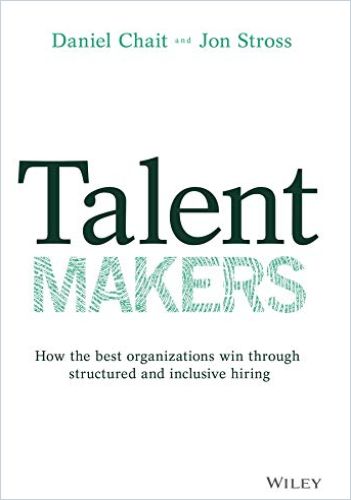
Your Take-Aways:
- Your hiring system should develop a constant stream of top candidates.
- Try to hire the world’s best person for each of your positions.
- Collect and analyze data to drive your hiring process.
Now, find more hands-on advice here:
At this point, there is not much left for us to do but wish you good luck and success in your search. And to all those in your organizations who are working to make such searches unnecessary at both ends of the spectrum: Good perseverance!




